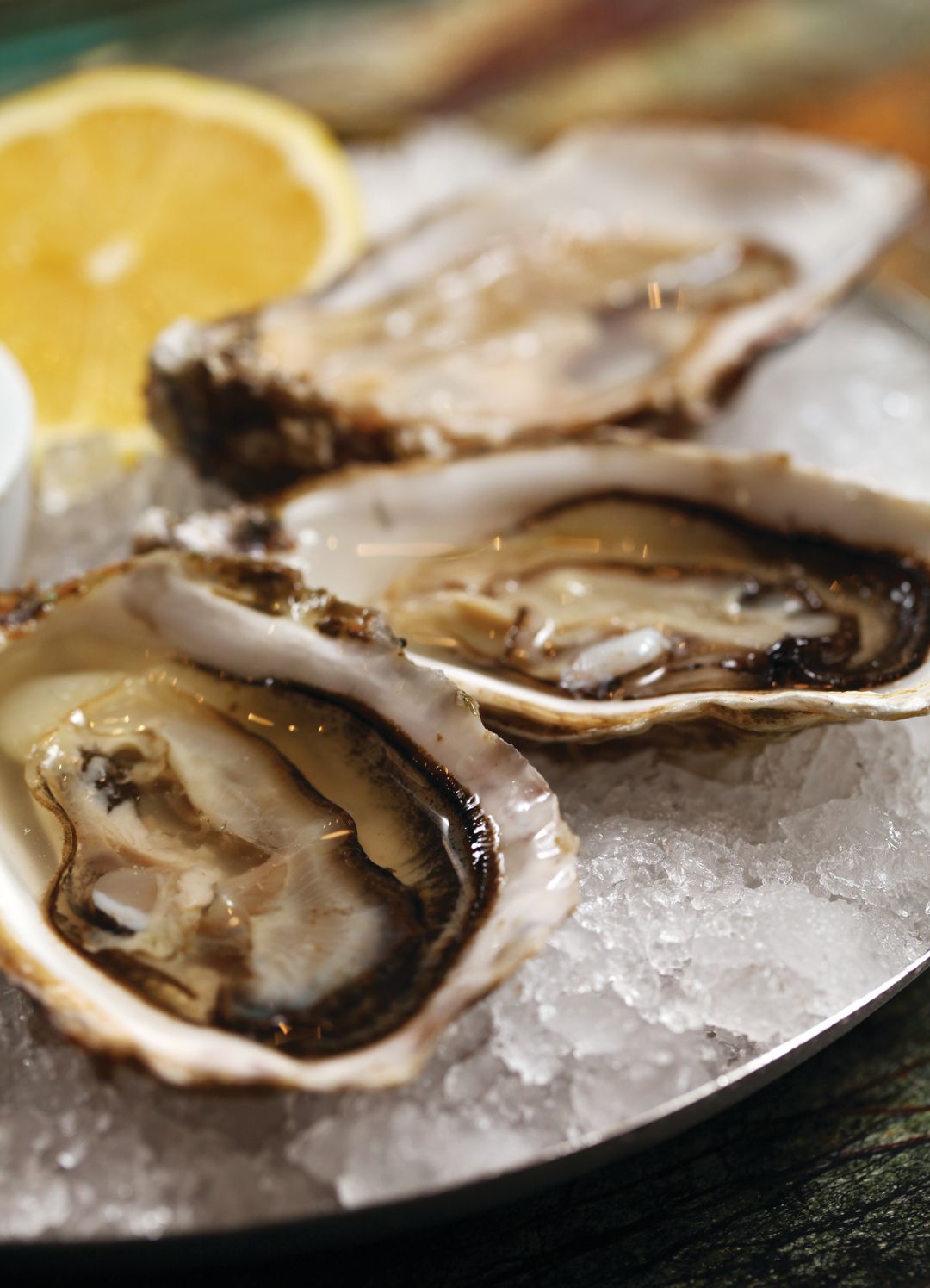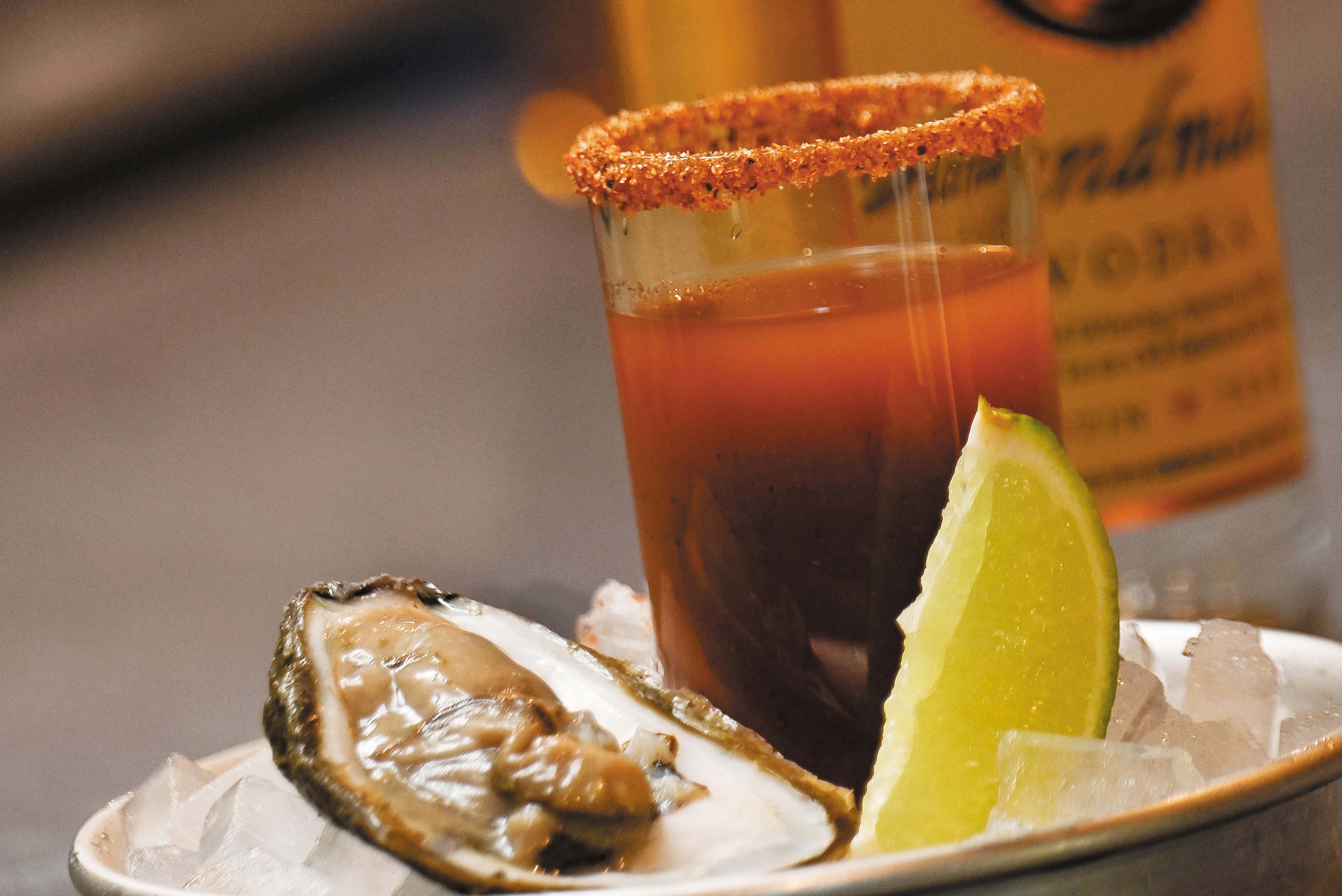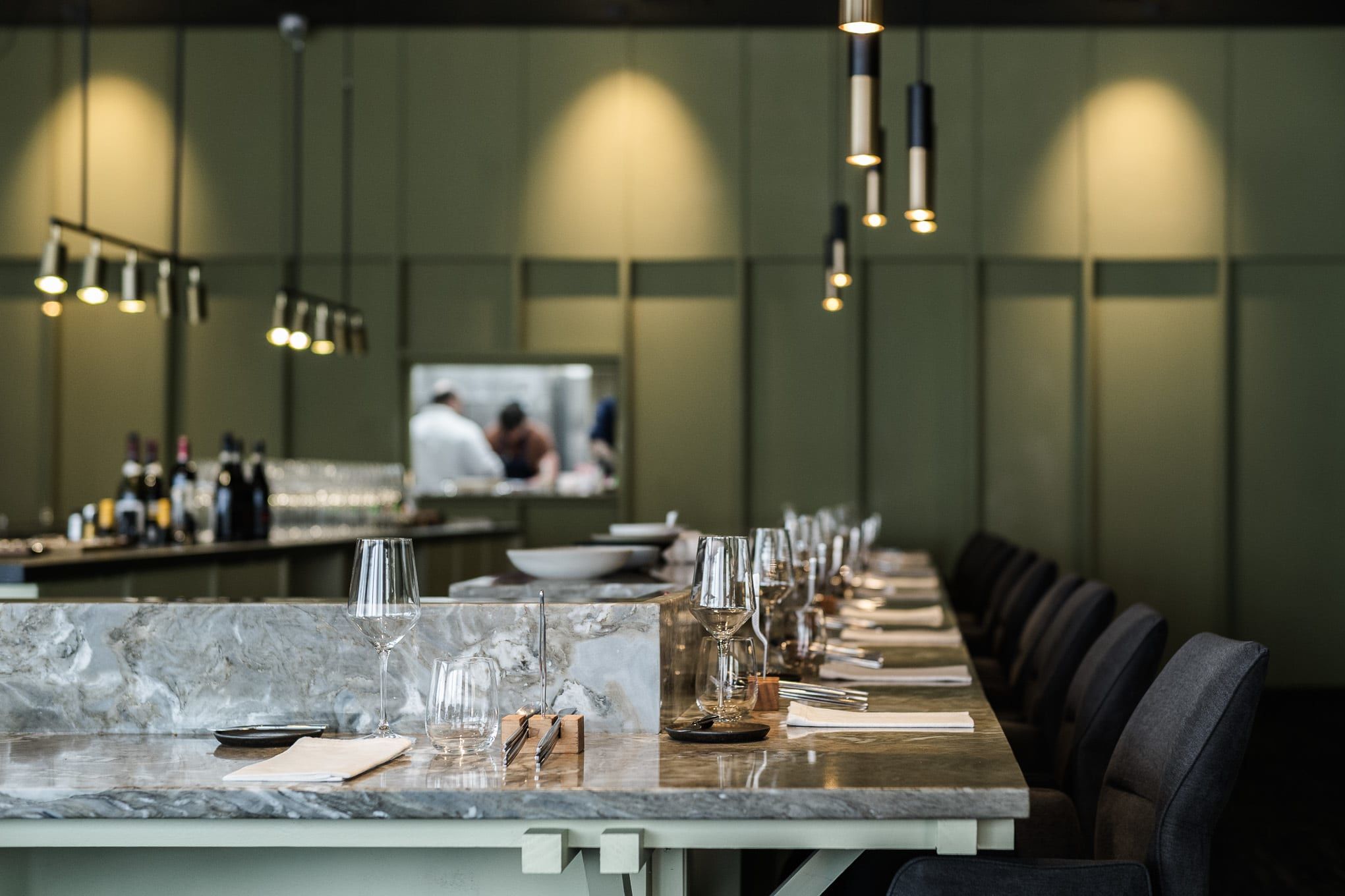Apalachicola Is a Seafood Lover's Town

Image: Shutterstock
Apalachicola. My kind of town. The kind of town where almost every restaurant serves a dozen raw for less than a buck apiece, where bleached oyster shells act as sidewalk paving, where you can walk down to the dock to see fishing boats putter in and out and get a wave back.
Apalachicola is oyster heaven. Roughly 90 percent of Florida oysters and 10 percent of American oysters come from Apalachicola Bay, the body of water located at the nexus where the Apalachicola River dumps into the Gulf of Mexico. The region’s Crassostrea virginica are prized the world over.
Larry Covell of Apalachicola Airboat Adventures explains what makes the oysters here so delicious during the quiet parts of an hour-long airboat zip up the estuary. As his motor idles amid swampy back channels lined with sawgrass, Covell tells us how the Apalachicola River carries nutrient-dense water south from the Flint and Chattahoochee Rivers in Georgia and Alabama. When that freshwater hits the saline waters off the coast, it creates ideal growing conditions for oysters.
Conditions are so ideal, in fact, that oysters here can grow to market size in three years, as opposed to six in colder climates.
But times are rough for the local oyster industry. First came the 2010 Deepwater Horizon oil spill, which shut it down for months. Then, a few years later, drought conditions led to decreased discharges from the Apalachicola River, which boosted salinity in the bay and decimated oyster harvests. In 2013, the federal government declared the area a “commercial fishery failure.” The total weight of oysters hauled in in Franklin County, home to Apalachicola, dropped from slightly more than 3 million pounds in 2012 to just over 1 million the next year. Current estimates put the 2016 total as low as 209,000 pounds.
Florida’s overall oyster output has also plummeted, from 3.4 million pounds in 2012 to an estimated 695,000 last year. The state and federal government are working to rebuild the oyster population, paying underworked oystermen to construct artificial reefs they hope will encourage new growth.
But tourists still come to slurp down as many raw oysters as they can find. Along with attracting seafood lovers, Apalachicola has an appealing Old Florida vibe and is a popular Gulf-side vacation spot for Southerners, who often stay at the grande dame of local hotels, the Gibson Inn, built in 1907 and originally heated by steam. It’s a perfect home base, with cozy rooms, wide wood porches, comfortable rocking chairs and a cat that likes to nap on the puffy chairs in the lobby.
The city is walkable, easy to cross on foot in 15 minutes or less, and home to an antebellum mansion called the Orman House and a museum that traces the legacy of John Gorrie, the man who invented mechanical refrigeration. Pretty beaches and island state parks are just a short drive away. In winter months, when the weather can shift from sunny and humid to foggy and frigid in 15 minutes, it feels like you’ve got the town to yourself.
The restaurant scene may be small, but it’s packed with delights—as long as you like oysters. The Owl Cafe occupies a second-story spot with a deck that offers views of the estuary and serves lunch and dinner and brunch on the weekends. Raw oysters aren’t listed on the brunch menu, but if you ask for them, they’ll bring them. You can even get a salad topped with fried oysters. The pork and alligator sausage is another morning-time winner, as is a grits combo made with another seafood specialty of Apalachicola, shrimp.
Attached to the Owl, on the first floor, you’ll find The Tap Room, a more casual, beer-driven hangout that—guess what—specializes in oysters. The bar also pours a range of beers from the Oyster City Brewing Company located right across the street. The brewery’s Hooter Brown ale is flavored with local honey and chocolate malt; its Apalach IPA strikes just the right note of crisp and bitter. A swig of either tastes perfect after a slug of salty, briny oyster meat. For a hint of nightlife, head over to Bowery Station, a warehouse on the north end of town where local bands and singer-songwriters serenade locals who arrive on golf carts. It’s an ideal place to wind down after a day of exploration. Eating all those oysters? It can be exhausting.



